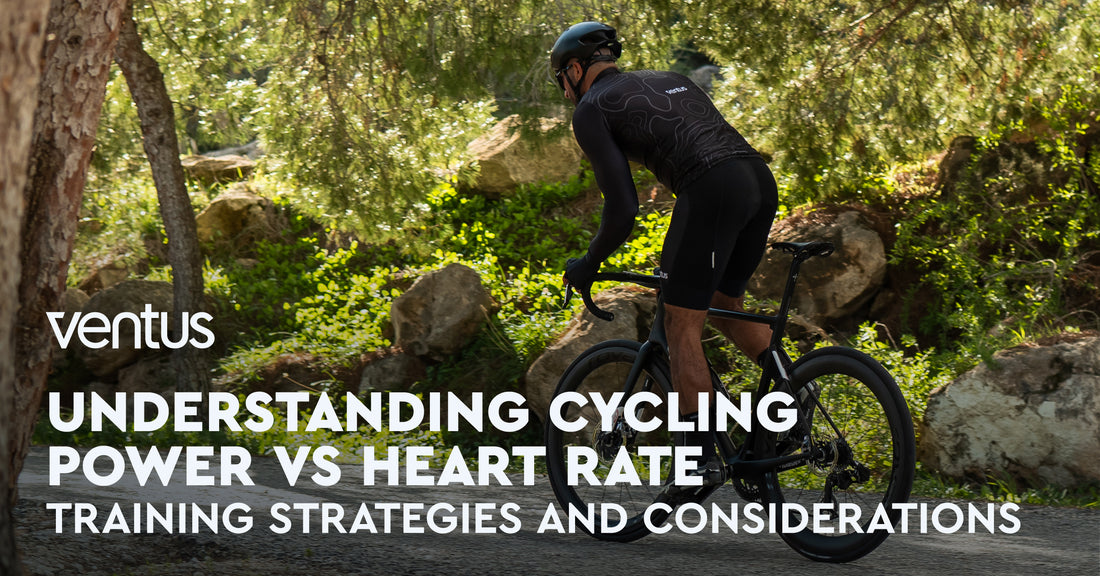
Understanding Cycling Power vs Heart Rate: Training Strategies and Considerations
Share
In the world of cycling training, two primary metrics reign supreme: power and heart rate. Both offer valuable insights into an athlete's performance and exertion levels, but understanding their differences and how to leverage them effectively can significantly impact training outcomes. In this article, we'll delve into the nuances of cycling power versus heart rate, exploring their training implications, pros and cons, and providing recommendations for cyclists looking to optimize their workouts.
1. Training Metrics Defined:
-
Power: Power is a direct measure of the work done while cycling, typically measured in watts using a power meter. It provides real-time feedback on the actual effort exerted, allowing cyclists to precisely control intensity levels.
-
Heart Rate: Heart rate refers to the number of times the heart beats per minute and is often measured using a heart rate monitor. It serves as an indirect measure of exertion, influenced by various factors such as hydration, fatigue, and environmental conditions.
2. Training Strategies:
-
Power-Based Training: Power-based training focuses on hitting specific wattage targets during workouts, such as Functional Threshold Power (FTP) or intervals based on percentage of FTP. This approach offers precise control over training intensity and allows for structured, goal-oriented workouts.
-
Heart Rate-Based Training: Heart rate-based training involves targeting specific heart rate zones, such as aerobic or anaerobic thresholds. While less precise than power, heart rate can be a useful tool for monitoring overall effort and managing fatigue during longer rides.
3. Pros and Cons:
-
Power:
- Pros: Provides immediate feedback on effort, highly accurate, ideal for structured interval training.
- Cons: Requires a power meter, may be affected by factors like temperature and equipment calibration.
-
Heart Rate:
- Pros: Non-invasive, reflects overall physiological stress, useful for monitoring long-term fitness trends.
- Cons: Responds slowly to changes in effort, influenced by external factors like caffeine and stress.
4. Recommendations:
-
Choosing Between Power and Heart Rate:
- For precise, interval-based training: Power is the preferred metric.
- For monitoring overall exertion and long-term trends: Heart rate can be valuable.
-
Correlation and Comparison:
- Understanding the relationship between power and heart rate can help athletes make informed decisions about training intensity and recovery.
-
Optimizing Training Zones:
- Combining both metrics can provide a comprehensive view of training intensity, allowing cyclists to adjust their efforts accordingly.
5. Conclusion:
Cycling power and heart rate are invaluable tools for optimizing training and performance. While power offers precise, immediate feedback, heart rate provides insight into overall physiological stress. By understanding the nuances of both metrics and how they relate to training intensity, cyclists can tailor their workouts more effectively, ultimately improving their fitness and performance on the road.
In conclusion, cyclists should aim to strike a balance between power and heart rate-based training, leveraging the strengths of each metric to maximize their training effectiveness and achieve their performance goals.



